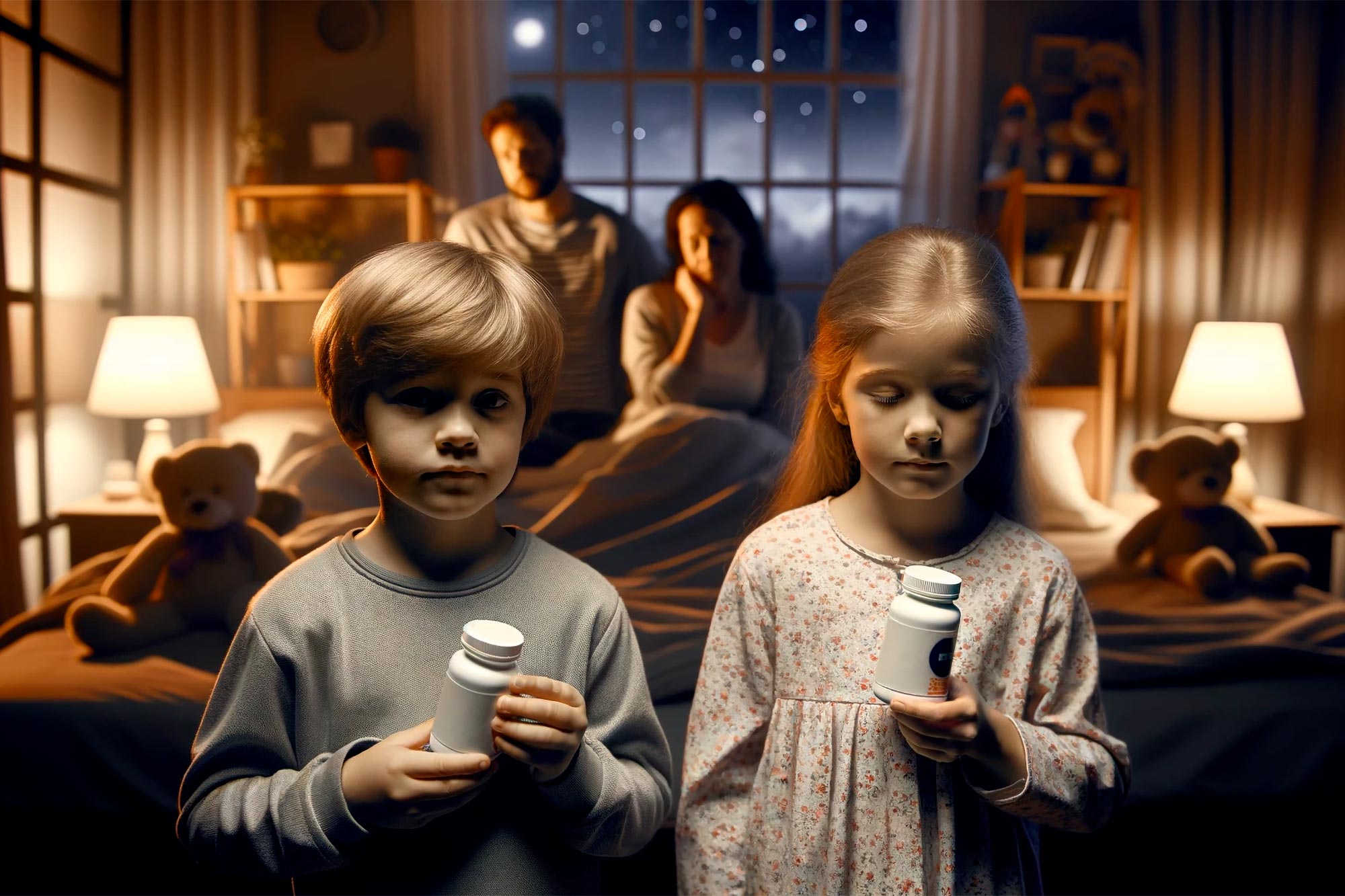A study from the University of Colorado Boulder indicates that nearly one in five children and preteens use melatonin for sleep, with usage extending to preschoolers. Concerns arise due to limited safety data and the FDA’s lack of regulation. Experts emphasize caution, noting the importance of behavioral changes over supplements for sleep issues in children.
Research shows a significant increase in melatonin use among children and preteens for sleep, raising concerns about safety, efficacy, and the potential for long-term health effects. Experts advise caution and recommend prioritizing behavioral solutions for sleep issues.
Nearly one in five school-aged children and preteens now take melatonin for sleep, and some parents routinely give the hormone to preschoolers, according to new research from the University of Colorado Boulder published on November 13 in JAMA Pediatrics.
Concerns Raised by Researchers
This concerns the authors, who note that safety and efficacy data surrounding the products are slim, such dietary supplements lack full regulation by the Food and Drug Administration.
“We hope this paper raises awareness for parents and clinicians, and sounds the alarm for the scientific community,” said lead author Lauren Hartstein, PhD, a postdoctoral fellow in the Sleep and Development Lab at CU Boulder. “We are not saying that melatonin is necessarily harmful to children. But much more research needs to be done before we can state with confidence that it is safe for kids to be taking long-term.”
Researchers at the University of Colorado Boulder noticed a rise in melatonin use to help kids fall asleep. Postdoctoral fellow Lauren Hartstein describes what melatonin is and how the rise in use could be problematic.
Melatonin Usage Trends and Statistics
Melatonin is produced naturally in the pineal gland to signal the body that it is time to sleep and regulate its circadian rhythm—the physiological cycle over a 24-hour period.
In many countries, the hormone is classified as a drug and available by prescription only.
In the United States, however, chemically synthesized or animal-derived melatonin is available over the counter as a dietary supplement, and increasingly available in child-friendly gummies.
“All of a sudden, in 2022, we started noticing a lot of parents telling us that their healthy child was regularly taking melatonin,” said Hartstein, who studies how environmental cues, including light at night, impact children’s sleep quality and melatonin production.
During 2017-18, only about 1.3% of U.S. parents reported that their children used melatonin.
To get a sense of the current prevalence of use, Hartstein and colleagues surveyed about 1,000 parents in the first half of 2023.
Among children ages 5 to 9, 18.5% surveyed had been given melatonin in the previous 30 days. For preteens ages 10 to 13, that number rose to 19.4%. Nearly 6% of preschoolers ages 1 to 4 had used melatonin in the previous month.
Preschoolers who used melatonin had been taking it for a median length of a year. Grade-schoolers and preteens had used it for median lengths of 18 and 21 months, respectively.
The older the child, the greater the dosage, with preschoolers taking anywhere from 0.25 to 2 mg and preteens taking up to 10 mg.
Risks and Mislabeling Issues
In a study published in April, researchers analyzed 25 melatonin gummy products and found that 22 contained different amounts of melatonin than the label indicated. One had more than three times the amount on the label. One had none at all. In addition, some melatonin supplements have been found to contain other concerning substances, such as serotonin.
“Parents may not actually know what they are giving to their children when administering these supplements,” said Hartstein.
Some scientists have also raised concerns that giving melatonin to young people whose brains and bodies are still developing could influence the timing of puberty onset.
The few small-scale human studies that have looked into this have yielded inconsistent results.
Gummies, specifically, also carry another risk: They look like and taste like candy.
From 2012 to 2021, the authors note, reports of melatonin ingestion to poison control centers increased 530%, largely occurring among children under age 5. More than 94% were unintentional and 85% were asymptomatic.
Potential Risks and Recommendations
Co-author Julie Boergers, PhD, a psychologist and pediatric sleep specialist at Rhode Island Hospital and the Alpert Medical School of Brown University, said that when used under the supervision of a health care provider, melatonin can be a useful short-term aid, particularly in youth with autism or severe sleep problems.
“But it is almost never a first-line treatment,” she said, noting that she often recommends that families look to behavioral changes first and use melatonin only temporarily. “Although it’s typically well-tolerated, whenever we’re using any kind of medication or supplement in a young, developing body we want to exercise caution.”
Anecdotally, she has heard from parents that the supplement often works well in the beginning but over time children may need higher doses to achieve the same effect.
Introducing melatonin early in life could also have another unintended consequence, said Hartstein: It could send a message that, if you have trouble sleeping, a pill is the answer.
Study Limitations and Broader Implications
The authors caution that the study was relatively small and does not necessarily represent usage nationwide. It is telling nonetheless.
“If this many kids are taking melatonin, that suggests there are a lot of underlying sleep issues out there that need to be addressed,” Hartstein said. “Addressing the symptom doesn’t necessarily address the cause.”
Reference: “Characteristics of Melatonin Use Among US Children and Adolescents” by Lauren E. Hartstein, Michelle M. Garrison, Daniel Lewin, Julie Boergers and Monique K. LeBourgeois, 13 November 2023, JAMA Pediatrics.
DOI: 10.1001/jamapediatrics.2023.4749

Sarah Carter is a health and wellness expert residing in the UK. With a background in healthcare, she offers evidence-based advice on fitness, nutrition, and mental well-being, promoting healthier living for readers.








